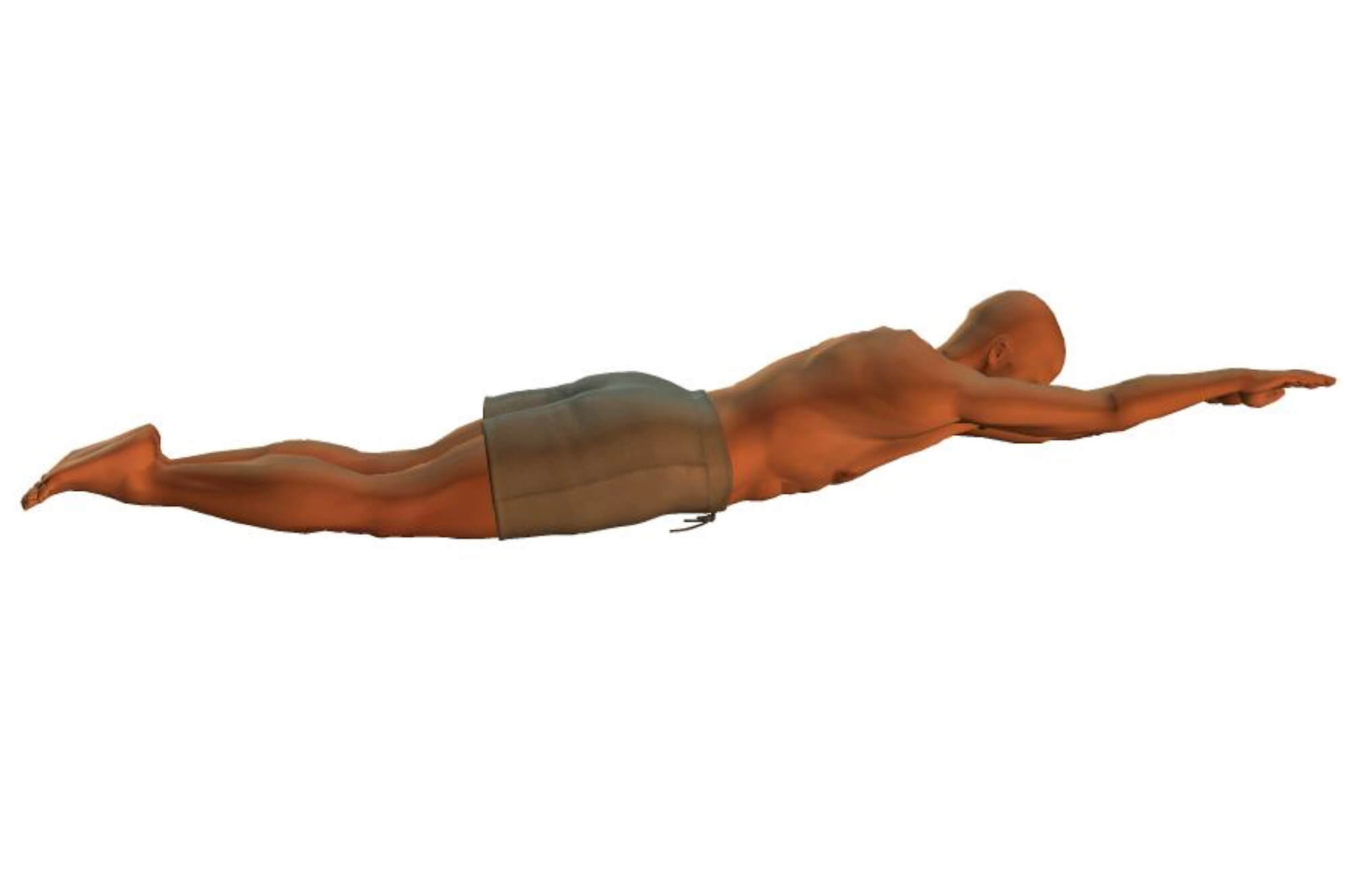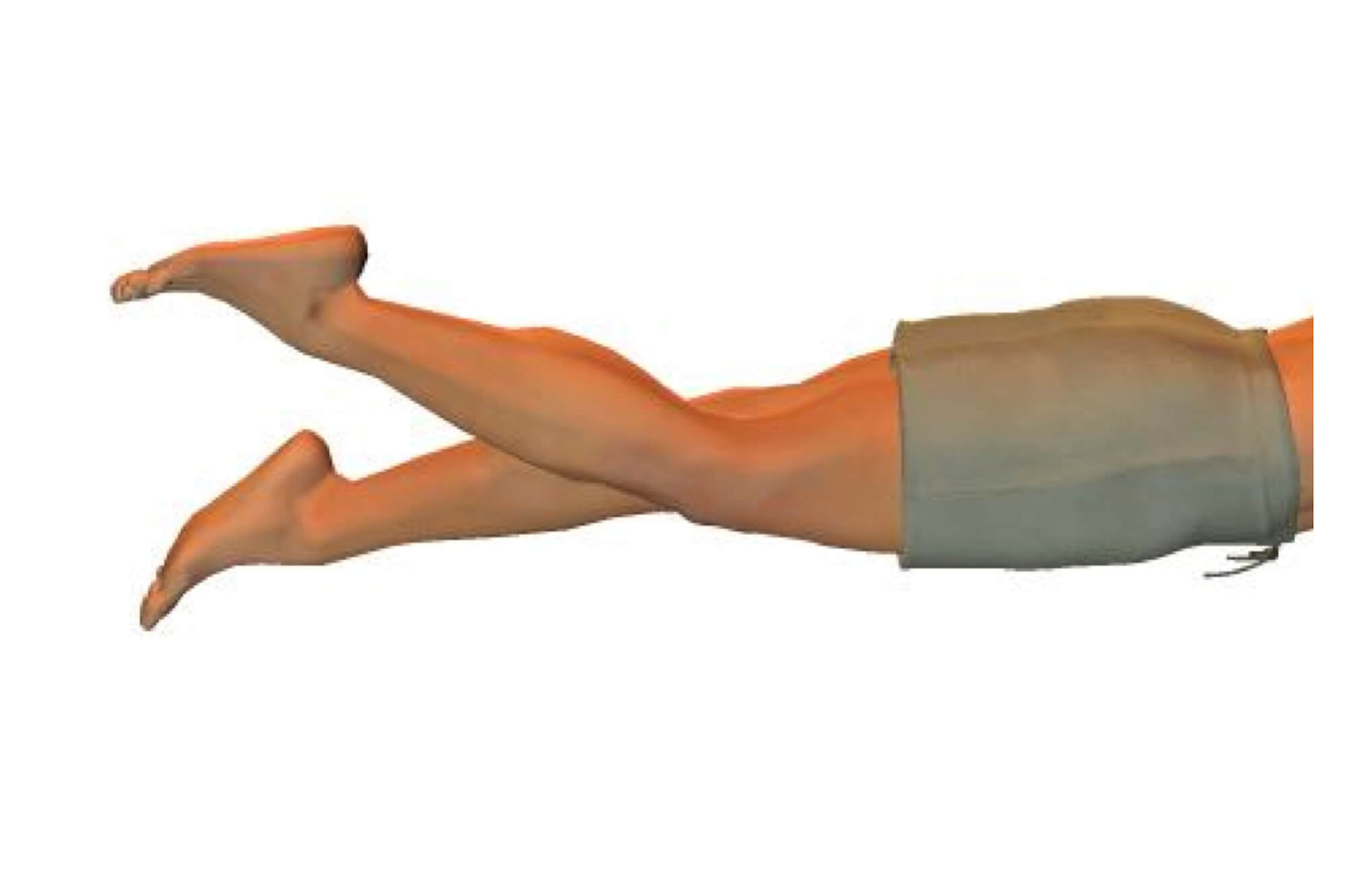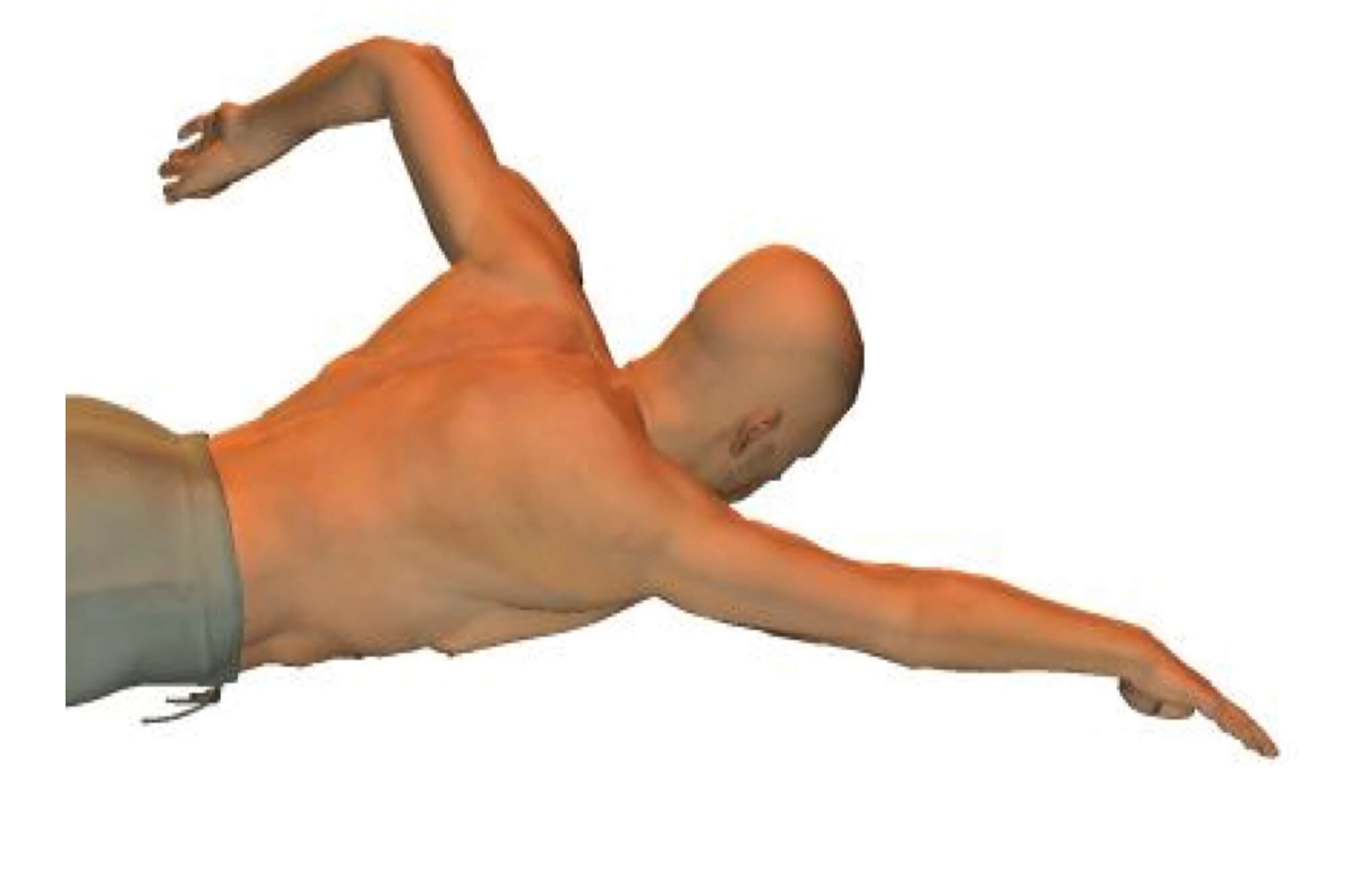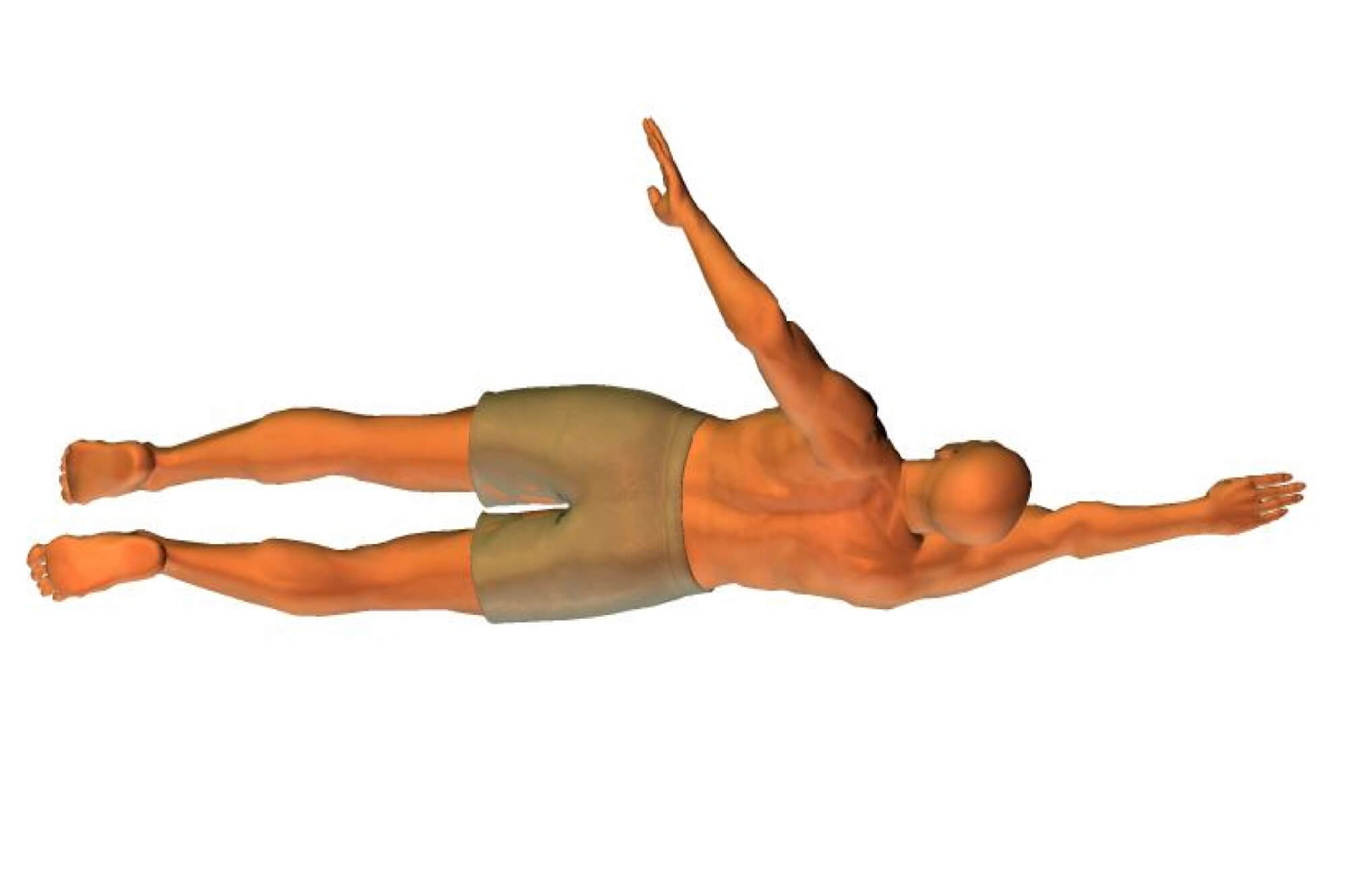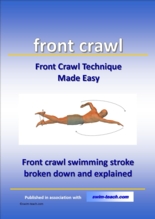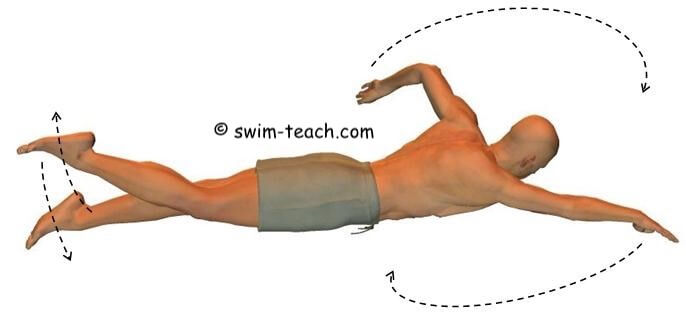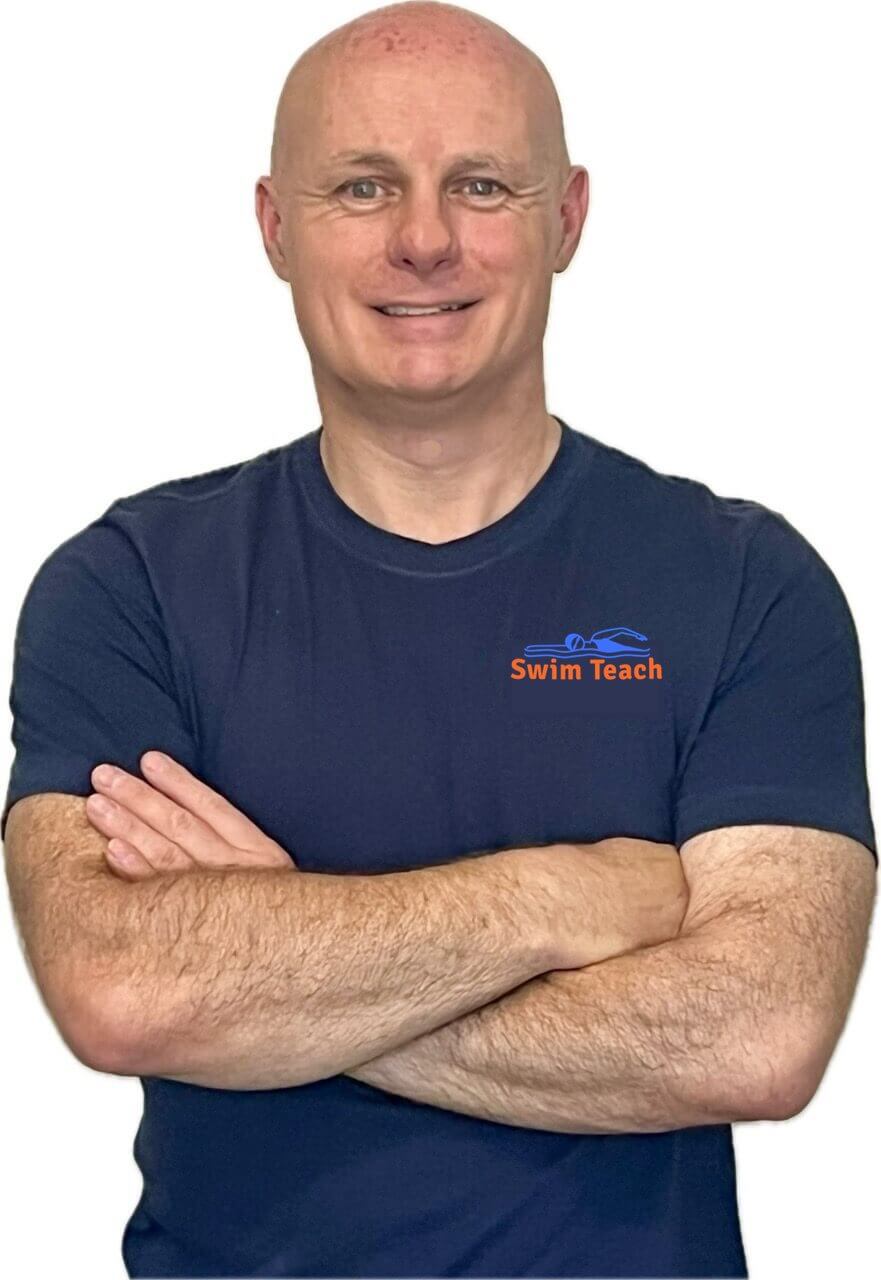- Swim Teach Home
- front crawl
- Front Crawl Breathing Timing
Front Crawl Breathing Timing and Coordination
The chances are, your front crawl breathing timing and coordination is actually pretty good. Don't believe me?
There are a few variations to the timing and coordination of all elements front crawl and there is a good chance you are already doing one of them.
Confused? Read on...
HOW TO SWIM FRONT CRAWL EBOOK: everything you need to master front crawl swimming stroke. 22 easy drills that focus on each part of front crawl technique. From body position to breathing and timing. Decades of teaching experience all packaged into 1 easy file. Download to your device and master front crawl TODAY! (click here for an instant preview).
Don't miss out! Click here for more details on how to get your copy.
What Exactly Is 'Timing'?
Before I get into breathing timing, it is important to understand what is meant by timing when it comes to a swimming stroke.
When we talk about timing, we usually refer to the number of leg kicks per arm pull cycle. In other words, how many times our legs kick in the time it takes for our arms to complete one arm pull cycle. But it’s how our breathing fits into the timing and coordination sequence that is crucial to maintaining a smooth and hopefully effortless swimming stroke.
For more specific details about front crawl breathing technique, click here.
Front Crawl Coordination Video Demonstration
In the video clip below, take a look at how the legs kick six times every time the arms complete their cycle. Every movement is smooth and steady and alternating actions are balanced and continuous. Watch carefully how front crawl breathing timing occurs in a smooth and seamless action so as to not interrupt the movement of the arms and legs.
FREE EBOOK: all of the technique tips here can be found in my 'Front Crawl Technique' book, along with a couple of bonus drills to help you perfect some essential parts of your swimming stroke.
Don't miss out! Click here to grab a FREE copy of my book.
Which Timing Pattern Works For You?
Some timing patterns will suit some swimmers better than others. Much will depend on an individuals levels of coordination.
There are three common timing patterns:
- Six Beat cycle
- Four beat cycle
- Two beat cycle
Where one 'beat' refers to one leg kick.
Six beat cycle
Each leg kicks three down kicks per single arm pull, resulting in six kicks per arm cycle. This timing pattern is normally taught to beginners as it comes most naturally. It is also used for sprint swims.
Four beat cycle
Each leg kicks down twice for each arm pull, resulting in four leg kicks per arm pull cycle. Not very common but works for some.
Two-beat cycle
Each leg kicks down once per arm pull, resulting in two kick per arm pull cycle. This timing cycle is normally used by long distance swimmers, where the leg kick acts as a counter balance instead of a source of propulsion. This is not recommended for beginners.
Although the two-beat cycle is not recommended for beginners, some adults learning to swim may find this less tiring and the coordination easier.
Where Does The Breathing Fit Into This?
For the arm pull and leg kick movements to remain smooth and continuous, the breathing technique must not disrupt the flow and balance of the whole swimming stroke. Therefore breath must be ‘in time’ with all other movements.
As head begins to roll to the side to inhale as the arm pulls through and create space. Inhalation takes place at the point where the arm has fully cleared the face and is beginning to recover over the surface of the water. It is at this point that head rolls back down in time for the arms to begin the cycle again.

The breathing technique takes place seamlessly, without the arms or legs changing their rhythm. It is therefore crucial that the entire swimming stroke is swum at a speed that allows all parts to remain balanced and in sync throughout.
As a general rule - slow is best!
Do You Make These Front Crawl Timing Mistakes?
These various timing and coordination cycles bring varying degrees of mistakes, the most common being an attempt to kick too fast.
The required speed of front crawl leg kick and therefore the timing cycle required for the stroke depends on the distance that is to be swum. A long distance swim requires the leg kick to counter balance the arm action, so the two beat cycle is best used. The short sprint requires a faster leg kick so the six beat cycle is needed so that the legs can provide more propulsion.
It is easy to kick with a fast leg kick and unknowingly allow the arm action to also speed up. This results in a loss of arm technique and overall body shape leading to a poor and inefficient swimming stroke.
'Catch up' is the best swimming exercise to not only establish correct timing and coordination cycle but to experiment with different timing cycles as the delayed arm action slows down the exercise.
Now fine-tune front crawl breathing timing, arms and legs and take your technique to a new level
You've got your breathing timing and coordination sorted. Now perfect your arm pull, leg kick and breathing techniques to really make your freestyle swimming sleek and smooth. Find all you need in my book 'How To Swim Front Crawl'. (click here for an instant preview)
Click below and download a copy to your computer, tablet or mobile device. For more details about how to improve front crawl, click here.
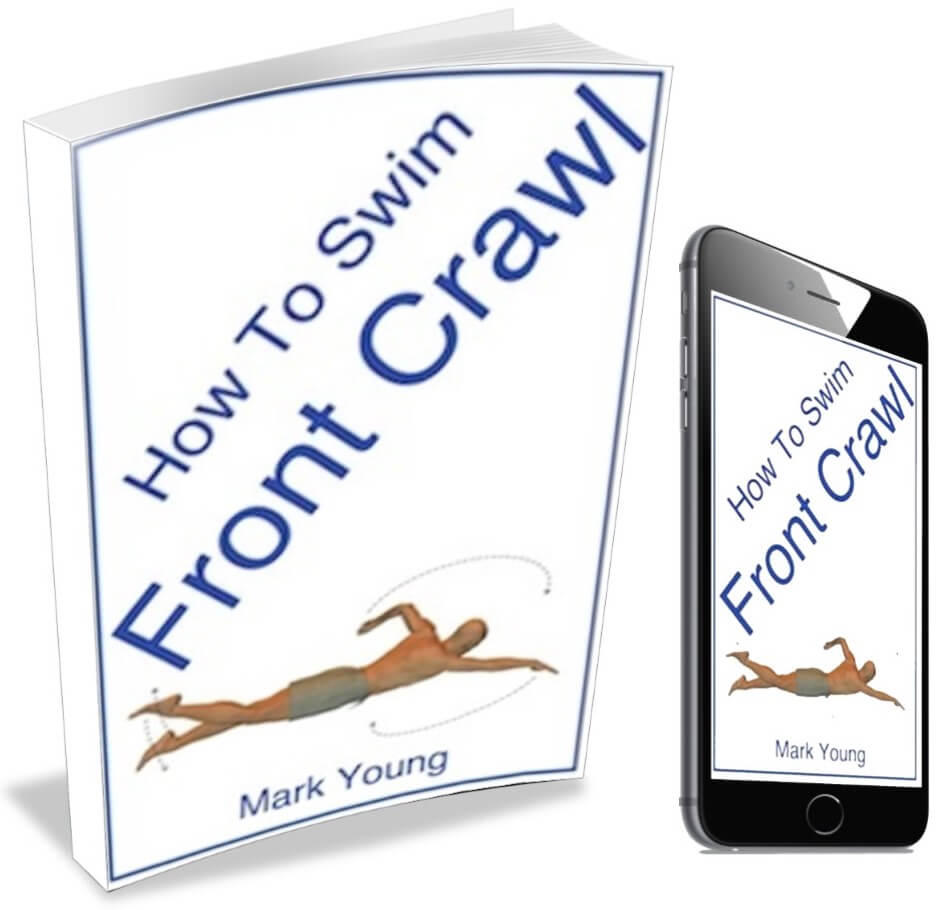 How To Swim Front Crawl
How To Swim Front Crawl$9.99

I am a member of the Amazon Associates Program and I will earn a commission from qualifying purchases at no extra cost to you.
Related Pages
Swimming With Arms And Legs Together. 'I have a problem swimming with arms and legs together. I have been trying to swim but with little progress.'
Front Crawl Coordination Of Arms, Legs And Breathing. 'While doing front crawl, I am unable to coordinate hand and leg movements properly.'
When I use my arms in the front crawl, my feet stop kicking. 'The timing of front crawl arms and legs varies from person to person, depending on the distance to swim.'
Front Crawl Coordination. 'I need help with my front crawl coordination. The coordination between arms and feet is my problem.'

